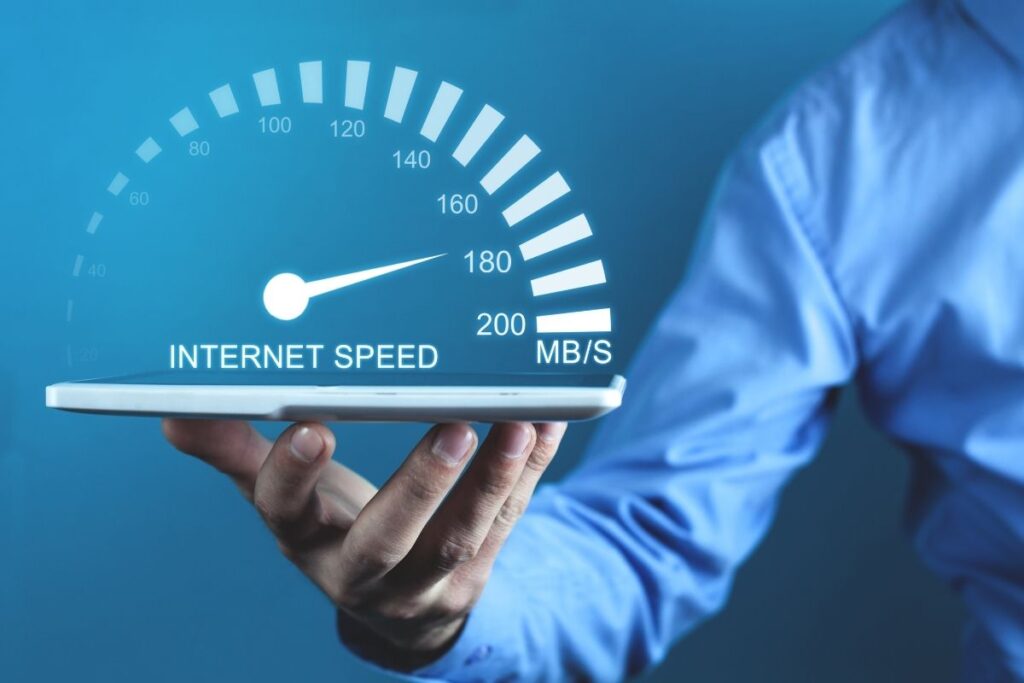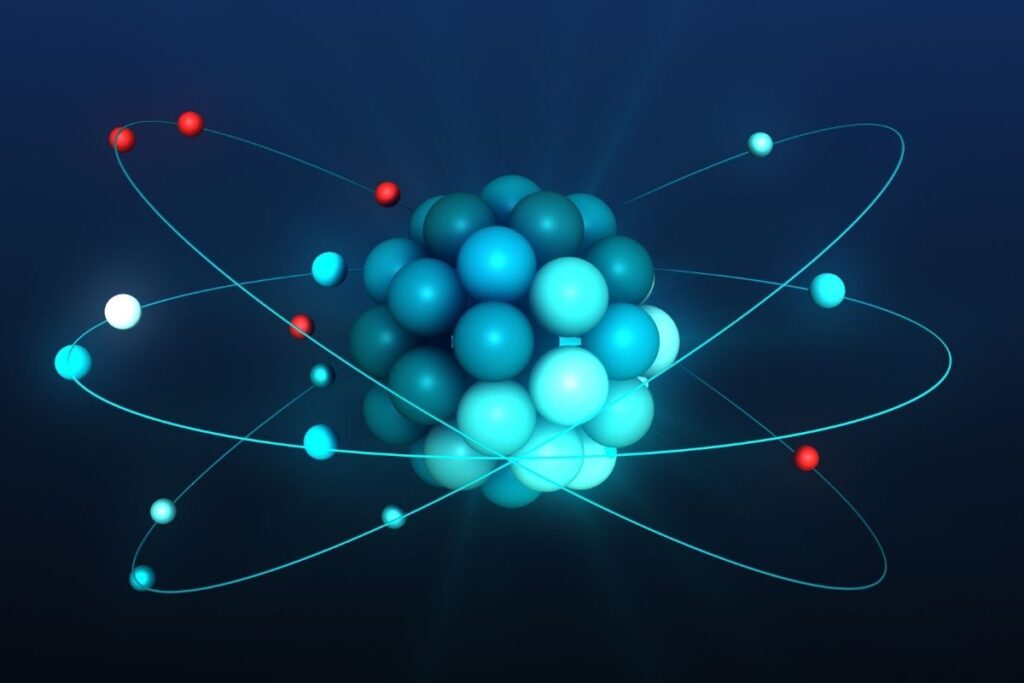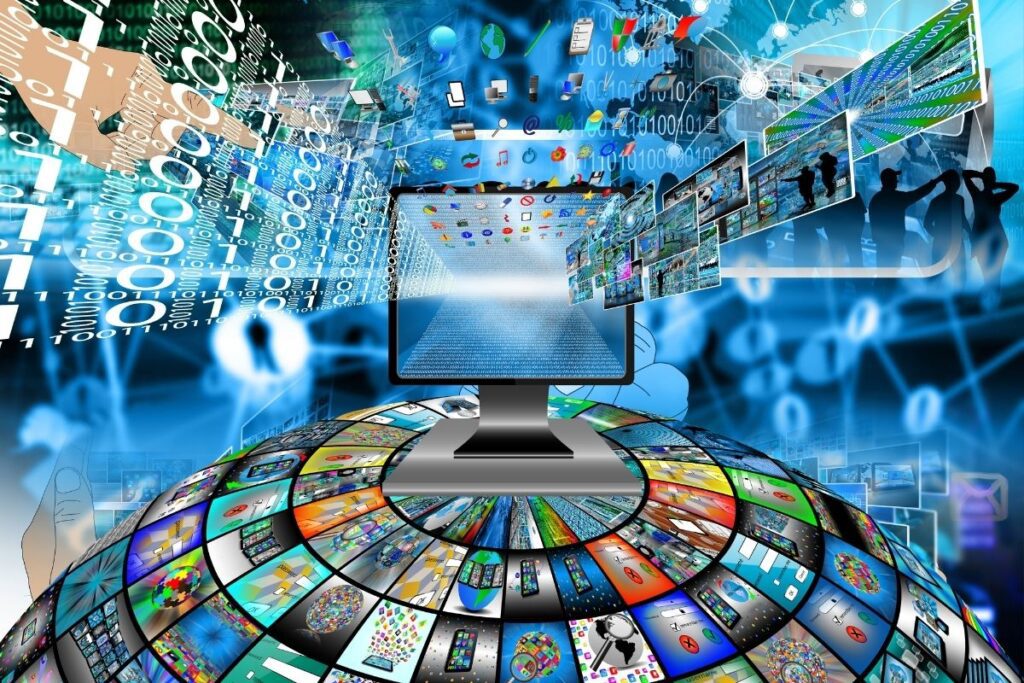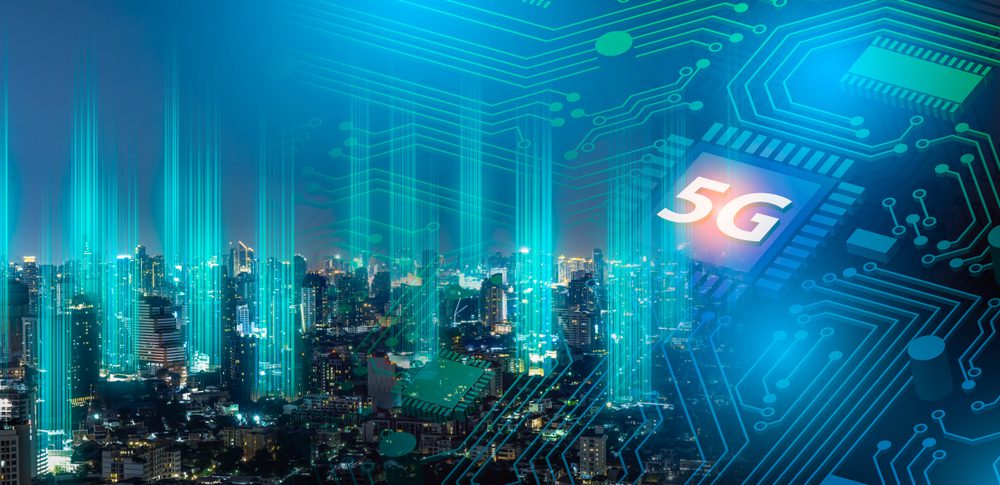Quantum Internet is a futuristic technology that enables devices like quantum computers, which operate based on the principles of quantum physics, to exchange data within a shared environment. Unlike traditional internet, the Quantum Internet leverages the unique rules of quantum mechanics, promising unprecedented speeds and capabilities that current web applications can never achieve.
Quantum computers—and by extension, the network they are expected to form through the Quantum Internet—are projected to replace classical (digital) computers that rely on the “bit” logic system. Instead, these advanced systems utilize qubits (or quantum bits), allowing them to perform incredibly fast computations by harnessing the principles of quantum mechanics. As a result, Quantum Computers are envisioned as the next evolution in computational technology, offering high-speed processing and innovative solutions beyond the scope of conventional computers.
Quantum Mechanics in Modern Technology
In today’s rapidly advancing fields of science and technology, various quantum technologies—beyond just quantum computers—are being developed. These include quantum communication, quantum teleportation, quantum encryption, quantum algorithms, and perfect state transfer (the lossless transmission of quantum states).
While quantum teleportation is often depicted in popular movies and TV series as the ability to transport microscopic or macroscopic objects through space and time, in reality, advancements in this field focus on transferring quantum states rather than physical objects. Instead of easily breakable classical encryption methods, researchers are working on quantum encryption protocols based on the principles of quantum physics. Additionally, models and algorithms are being developed to ensure the lossless transmission of quantum information.
Unlike classical computers that rely on conventional algorithms, future computing systems will incorporate quantum mechanical algorithms. Similarly, instead of classical logic gates, quantum computers will utilize quantum logic gates, which are designed to process quantum states in a way that aligns with the fundamental principles of quantum mechanics.
At this stage of technological progress, physics plays a crucial role in determining the feasibility of these innovations. Scientists are investigating which methods and tools can be used to realize quantum computing, quantum communication, quantum teleportation, quantum encryption, quantum algorithms, and perfect state transfer. Theoretical models and experimental evidence continue to shape our understanding of these scientific challenges, paving the way for the future of quantum technology.
The Concept of Entanglement in Quantum Computing

A fundamental concept underlying all the quantum physics topics mentioned above is quantum entanglement, first proposed by Schrödinger in 1935. To implement quantum technologies, mastering quantum entanglement is essential. Therefore, generating quantum entanglement, constructing quantum logic structures, integrating it with quantum algorithms, applying it to quantum encryption protocols, and ensuring its transmission and preservation are critical challenges. Due to its significance in quantum technologies, intense theoretical and experimental research has been conducted in recent years.
Quantum Entanglement

Although it may sound like a science fiction concept, leveraging quantum entanglement to create quantum networks has become a major research and development focus for many countries. Recently, the U.S. Department of Defense unveiled its first strategic roadmap, outlining a step-by-step approach to turning the quantum internet dream into reality within the next few years. Similarly, as reported in 2021, China demonstrated the feasibility of quantum key distribution technology, proving that secure quantum data transmission is possible.
What is Quantum Internet?

The Quantum Internet is a network structure that allows quantum devices to exchange specific information within an environment governed by the laws of quantum mechanics. In theory, this technology is expected to provide the Quantum Internet with unprecedented capabilities that modern web applications simply cannot achieve.
In the quantum world, data is encoded through quantum bits (qubits), which are generated by quantum computers or quantum processors. Essentially, this data transmission involves sending qubits across a network composed of multiple physically separated quantum devices. Most importantly, all of this is made possible by the unique and counterintuitive principles of quantum mechanics.
At first glance, you might compare this system to the internet we use today. However, sending qubits through a quantum channel instead of a classical channel means harnessing the behavior of particles at the microscopic level in accordance with quantum state principles.
To truly grasp how the future quantum ecosystem will function beyond our current Web 2.0, one must rethink everything they know about classical computing. The Quantum Internet will be nothing like the web browsers you spend hours surfing today. So, at least for the next few decades, don’t expect to join a Quantum Zoom meeting anytime soon!
How Does Quantum Internet Work?

At the core of quantum communication lies the fundamental principle that qubits behave entirely differently from classical bits due to the laws of quantum mechanics. Traditional computers perform all operations using bits, which can only take on the values 0 or 1. For example, a light switch being either “on” or “off” or a cat being either “alive” or “dead” serves as an analogy—where 0 represents “off/dead” and 1 represents “on/alive.”
However, qubits are not confined to just 0 or 1 as in classical systems. In the quantum world, as long as no measurement is performed (which would collapse the state), operations can exist as a mixture of both 0 and 1 simultaneously. In contrast to classical bits, which must be either 0 or 1, a qubit “can be” both at the same time through a phenomenon known as quantum superposition.
This distinction is one of the fundamental reasons why quantum computers differ so significantly from classical computers. Naturally, qubits will not be used to send familiar types of data like emails or WhatsApp messages. However, they hold immense potential for various large-scale applications, unlocking groundbreaking possibilities in quantum computing and secure quantum communication.
What is the Purpose of Quantum Key Distribution?

In classical communication, most data is secured by distributing a shared key between the sender and receiver, which is then used to encrypt the message. The recipient can later use this key to decrypt the transmitted data. Today, the security of most classical communication relies on an algorithm designed to create encryption keys that are difficult—but not impossible—for hackers to crack. In recent years, researchers have been working on implementing this communication process using the principles of quantum mechanics. This concept is at the core of a cybersecurity field known as Quantum Key Distribution (QKD).
How Does Quantum Key Distribution Work?

Quantum Key Distribution (QKD) functions by allowing one party to encode a key using qubits, which are then used to encrypt a piece of classical data. The sender transmits these qubits to the recipient, who measures them to obtain the key values. This measurement process collapses the qubit’s quantum state, but what matters is the recorded value during the measurement. Essentially, the qubit serves only as a carrier for the key value.
One of the key advantages of Quantum Key Distribution is that it provides a reliable way to detect whether a third party has attempted to eavesdrop on the communication. Since any interception would cause the quantum state of the qubits to collapse, a hacker attempting to observe the transmission would inevitably leave behind a detectable footprint. This means that if a cyber attacker tries to intercept the key, the qubits will undergo an automatic state change, producing an unmistakable eavesdropping signature.
Because of this unique property, cryptographers claim that Quantum Key Distribution provides “provable security”, making it an exceptionally secure method for future cybersecurity applications.
Why Quantum Internet?

Currently, the most “common” method for implementing Quantum Key Distribution (QKD) involves sending qubits unidirectionally to the receiver through fiber optic cables. However, this approach significantly limits the efficiency of the communication protocol between the sender and receiver. Qubits can easily be lost or scattered within a fiber optic cable, making quantum signals highly error-prone and difficult to transmit over long distances. In fact, current experiments have shown that the maximum range for such transmissions is limited to only a few hundred kilometers. The most critical solution to this challenge is leveraging the phenomenon of quantum entanglement for communication between two devices.
The Role of Quantum Entanglement

When two qubits interact and become entangled, they share specific properties regardless of the physical distance between them. While in an entangled state, any change in one qubit will instantaneously affect its entangled pair, even if they are separated by vast distances. This means that the state of the first qubit can be “read” by observing the behavior of its entangled counterpart.
In the context of quantum communication, this allows certain information to be teleported from one qubit to its entangled pair without the need for a physical connection.
A Revolutionary Impact on Security and Communication

Once an entanglement-based network is established, there will no longer be a need for data to pass through any physical infrastructure when transmitting messages between connected qubits. This ensures that during transmission, the quantum key remains nearly invisible to third parties, making interception virtually impossible. Sensitive information can be securely teleported from one location to another without any risk of being compromised.
This concept has major implications for industries handling highly sensitive data, such as banking, healthcare, and aviation communication. Additionally, governments responsible for protecting classified national intelligence are expected to adopt this technology to enhance their cybersecurity infrastructure.
What Are We Waiting for to Implement Quantum Internet?

Scientists already understand how to create quantum entanglement between qubits and have successfully leveraged it for Quantum Key Distribution (QKD). China, a global leader in quantum network research, has made significant advancements in satellite-based entanglement. Recently, the country set a new distance record by achieving Quantum Key Distribution over 1,200 kilometers using entangled pairs.
The Next Step: Scaling the Infrastructure

The next major challenge is to expand the existing infrastructure. However, creating large-scale “teleportation networks” capable of effectively linking qubits worldwide presents significant engineering difficulties. Until now, all experiments have only connected two endpoints. With point-to-point communication achieved, scientists are now working on a global quantum network where multiple senders and receivers can exchange information via Quantum Internet.
The new mission is to determine the best way to generate and maintain multiple entangled qubits across long distances and at multiple locations simultaneously. Of course, saying this is much easier than actually doing it. For example, sustaining quantum entanglement between a device in China and another in the United States would require the development of new routing protocols and the introduction of intermediate relay nodes.
Different Approaches to Quantum Network Expansion

China has chosen satellite technology to extend entangled qubits over long distances. Meanwhile, the U.S. Department of Defense is pursuing a different approach, working on a quantum repeater network based on fiber optic technology. In the United States, researchers successfully maintained entanglement across an 84-kilometer “quantum loop” in Chicago, without the need for quantum repeaters. Plans are already in place to expand this experiment into a 130-kilometer quantum test network.
The European Union is also investing in Quantum Internet, having established the Quantum Internet Alliance in 2018. European researchers have successfully achieved entanglement over distances exceeding 50 kilometers as part of their ongoing strategy.
For quantum researchers, the ultimate goal is to scale these networks—first at the national level, then at an international scale. However, most scientists agree that Quantum Internet is unlikely to become a reality for at least several decades. It is undoubtedly a long-term project with numerous technical challenges ahead.
Yet, the unforeseen consequences of this technology could lead to groundbreaking discoveries and unexpected quantum applications that we cannot even imagine today. As Carl Sagan once said:
“Somewhere, something incredible is waiting to be known.”
You May Also Like
What is Quantum Internet? How does it work? How Fast
How Fast is Quantum Internet?
Follow us on TWITTER (X) and be instantly informed about the latest developments…
Copy URL











